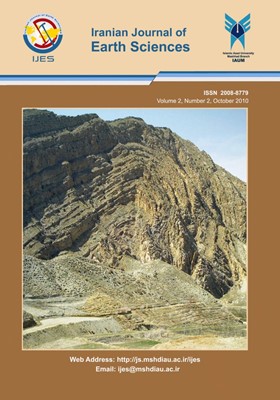Shrimp Culture Impact on the Surface and Ground Water of Bangladesh
Subject Areas : MineralogyA. K. M. Munirul Haque 1 , M. Sarwar Jahan 2 , Md. Abul Kalam Azad 3
1 - Local and Revenue Audit Directorate, Audit Complex, Segun Bagicha, Dhaka – 1000, Bangladesh .
2 - Institute of Environmental Science, University of Rajshahi , Rajshahi – 6205, Bangladesh .
3 - Institute of Environmental Science, University of Rajshahi , Rajshahi – 6205, Bangladesh .
Keywords:
Abstract :
A case study was carried out to see the impacts of shrimp culture on the surface (pond) and ground water (tube-well) quality in three coastal sub-districts of Bagherhat Sadar, Rampal and Morrelganj of Bangladesh. The people of Rampal (100%), Morrelgonj (87.5%) and Bagherhat (75.5%) expressed that salinity of both surface and ground water increased after shrimp culture, and water becomes more turbid, odorous and less tasty compared to pre-shrimp culture scenario. The ground water pH was foo be slightly acidic (6.07– 6.71) but the surface water was mildly alkaline in nature (7.00–7.46). Ground water was more saline (1893–2673ppm) than surface water (513-2253ppm). Potassium level of surface water was very high (97-242ppm) compared to the ground water (11.73-27.37 ppm). This exceeds the WHO Guideline Value (10ppm) and the Bangladesh Standard for Drinking Water (12ppm). The pollution levels of phosphorous and iron were found to be a little higher but other pollutants like nitrate, boron and zinc were found to be very low in surface and ground water in the shrimp culture area of Bangladesh.


